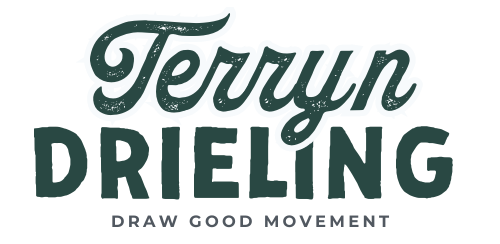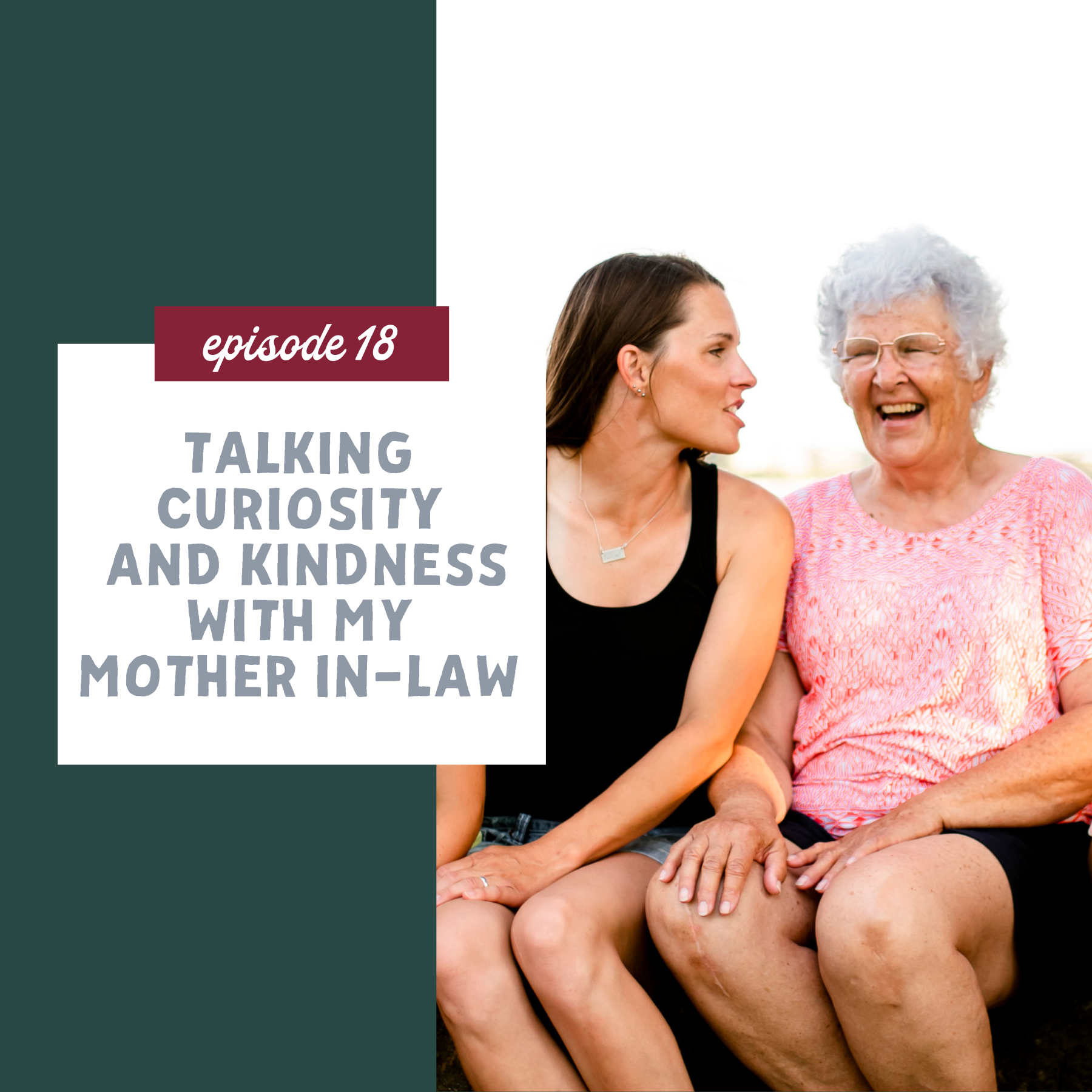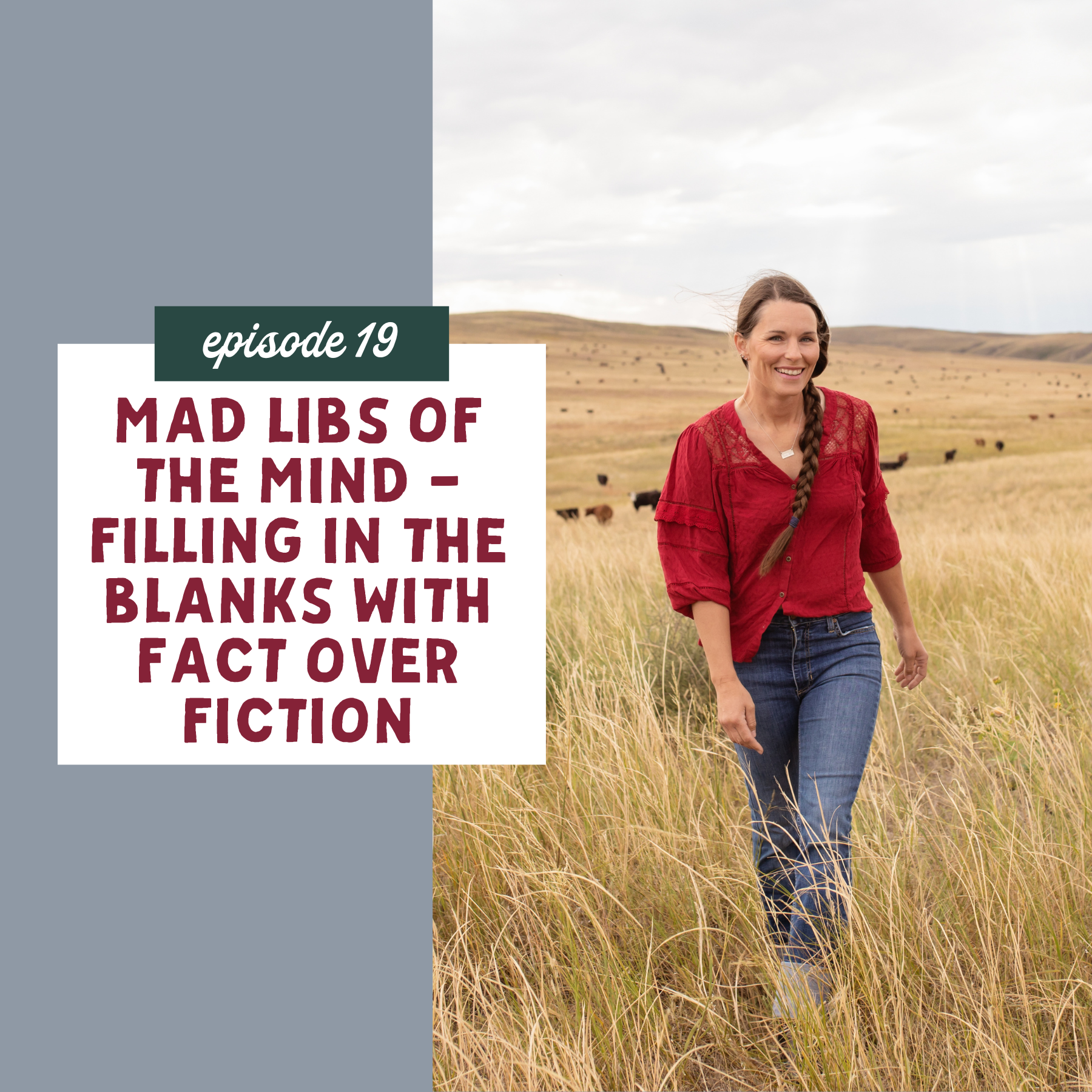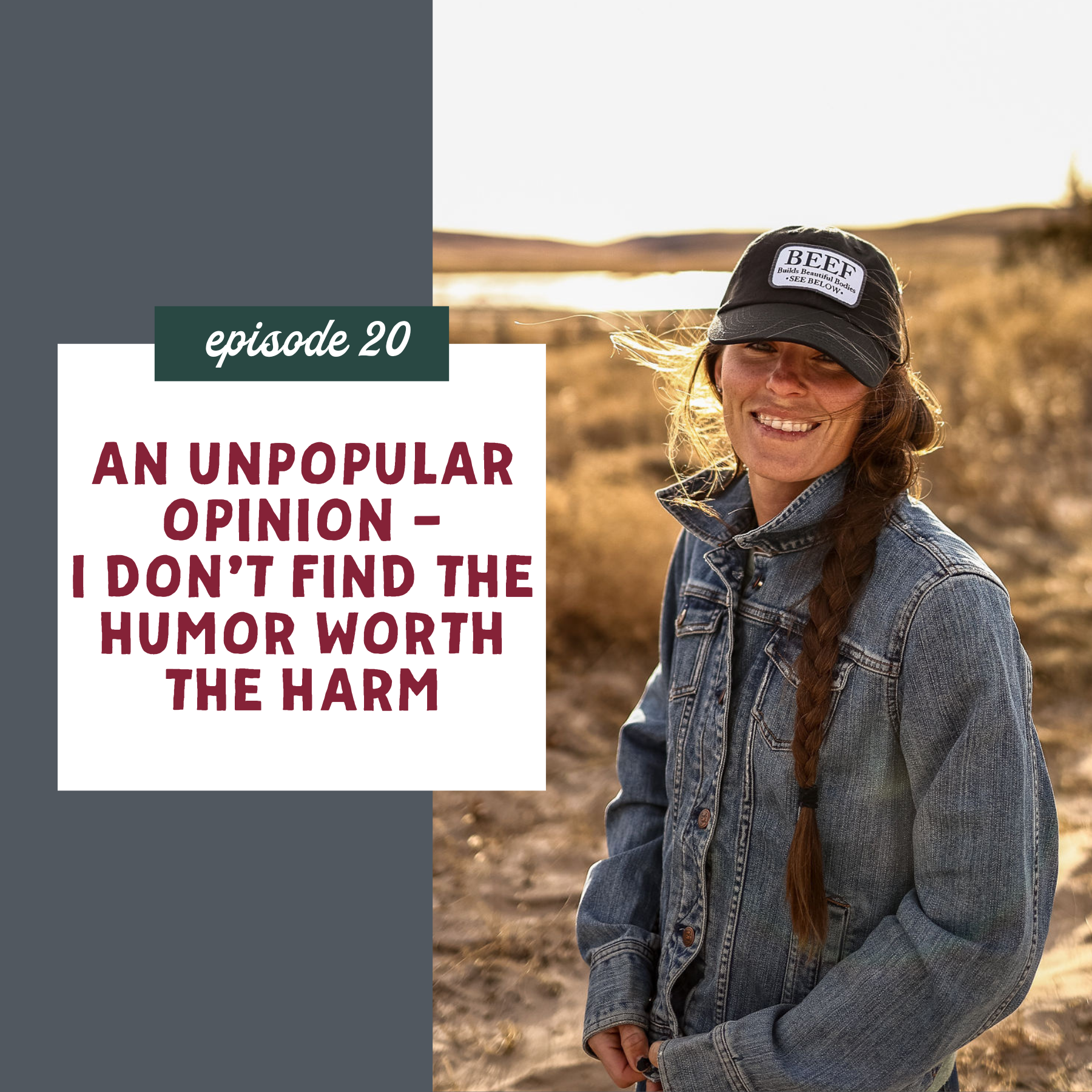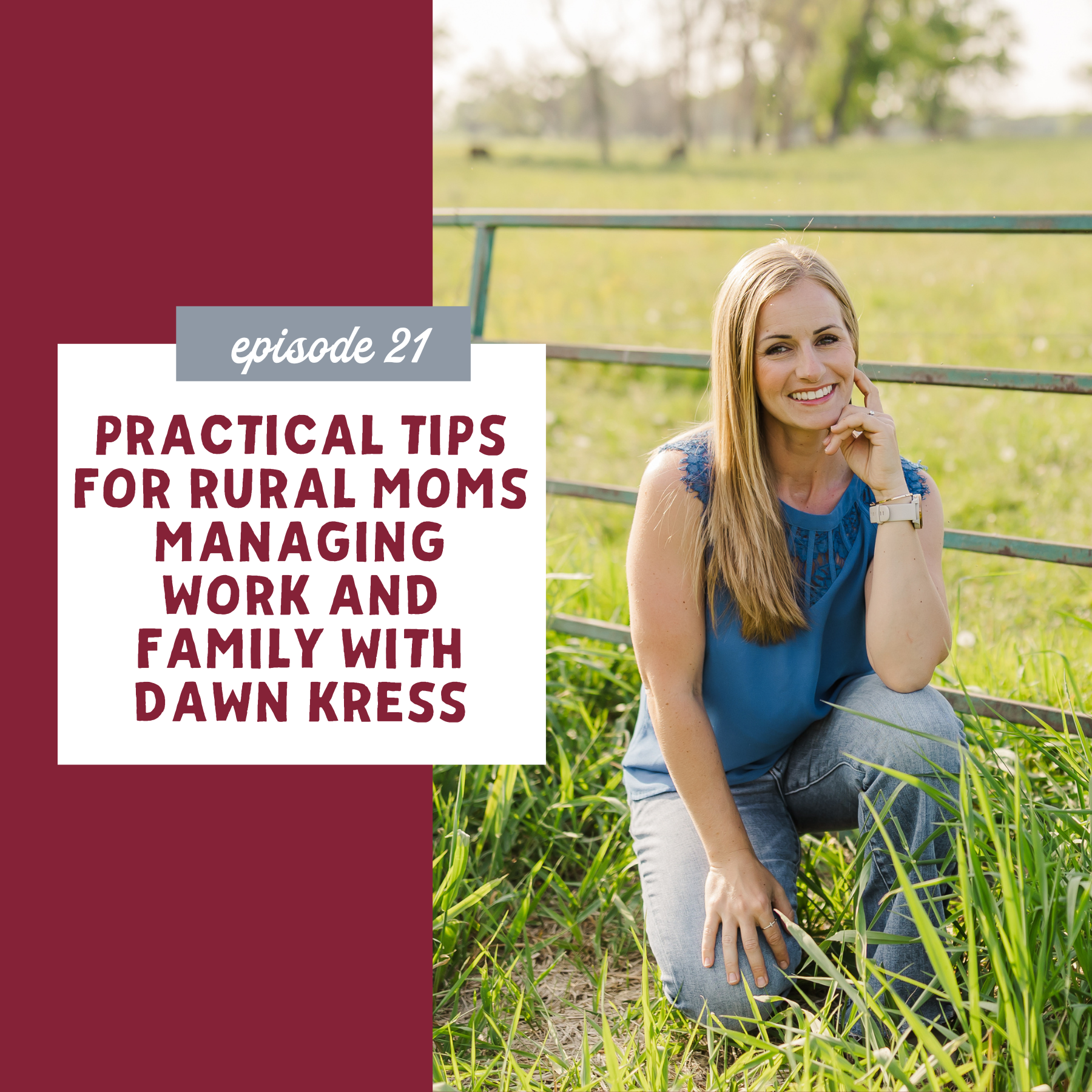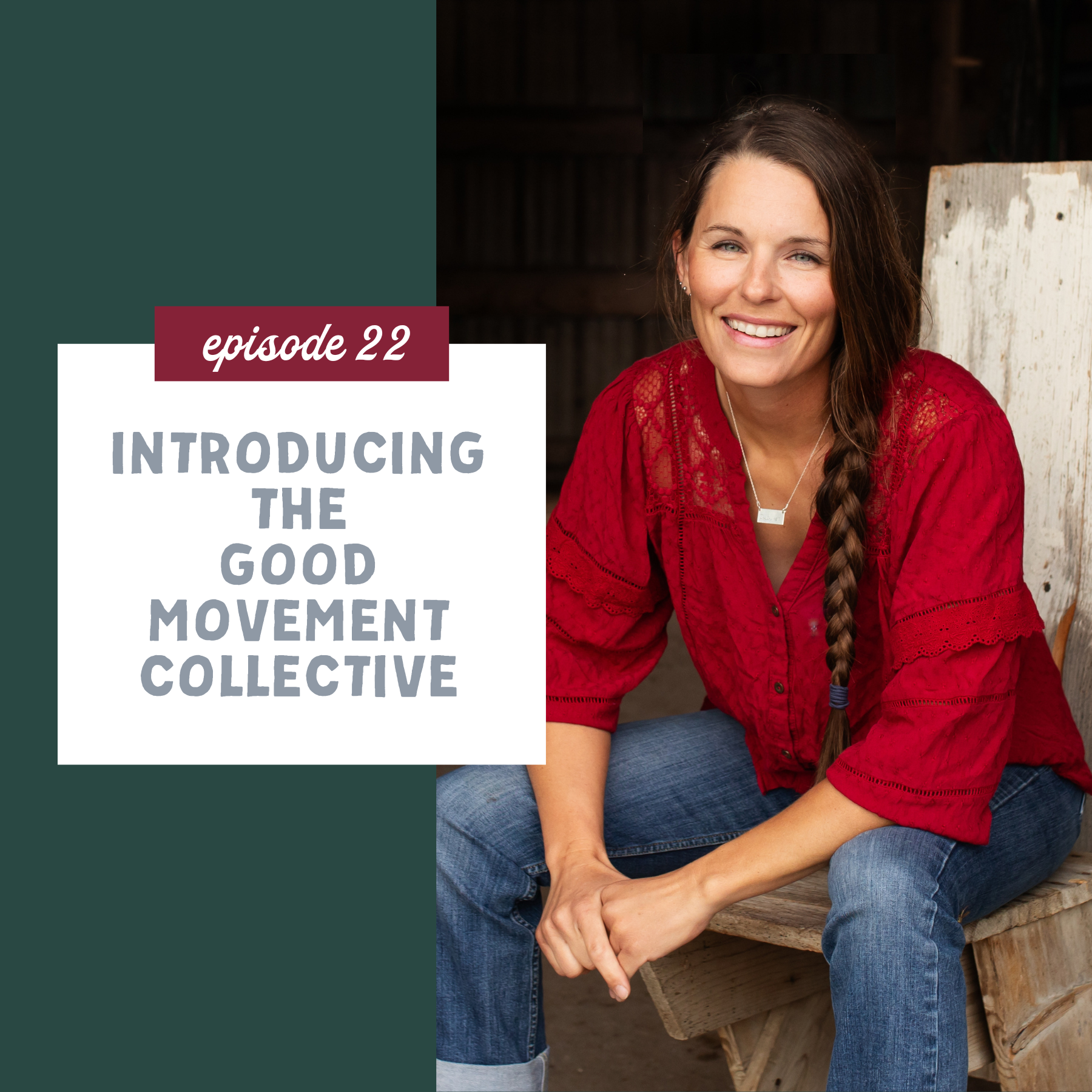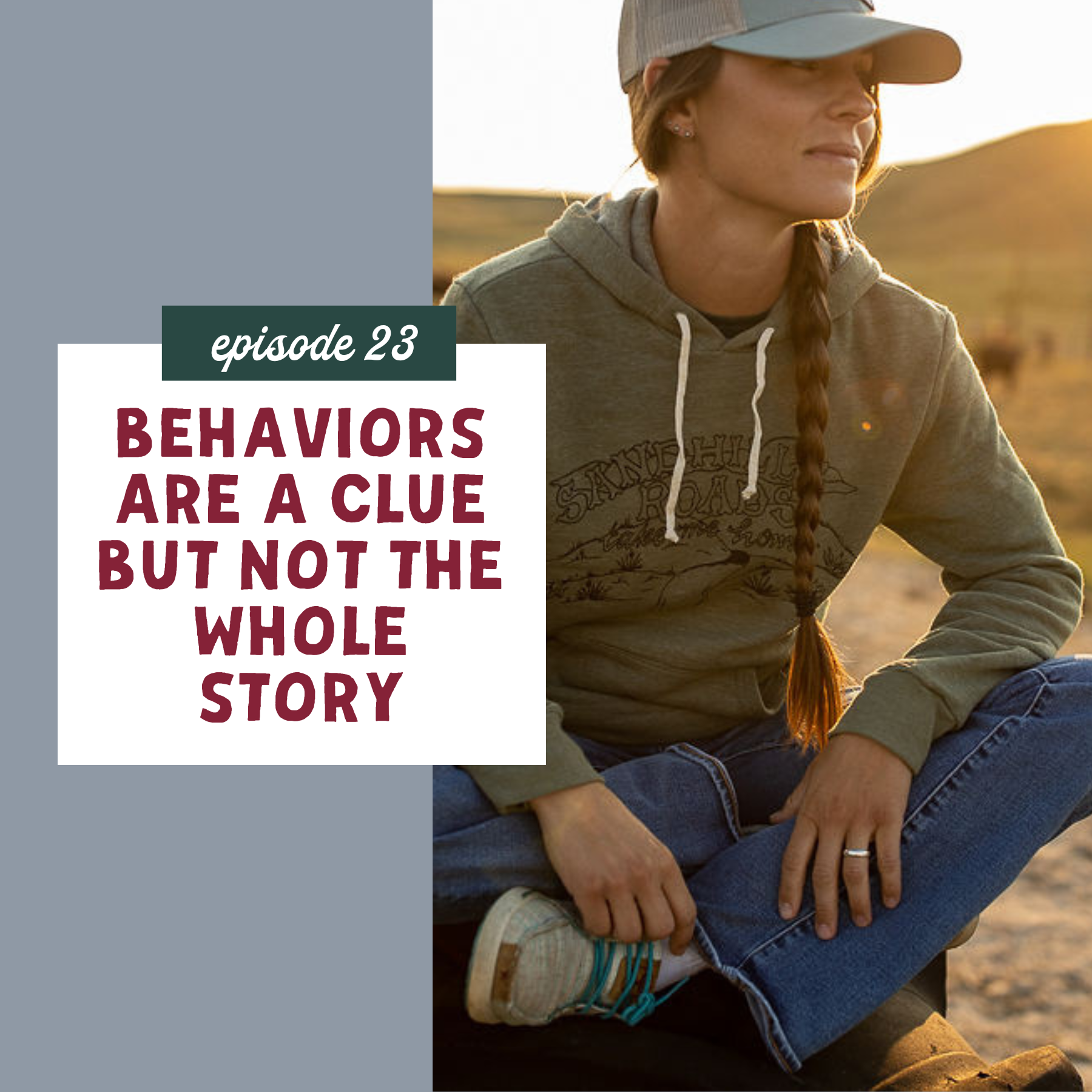Creating the Tools Before You Need Them: Building Emotional Resilience and Communication [episode 53]
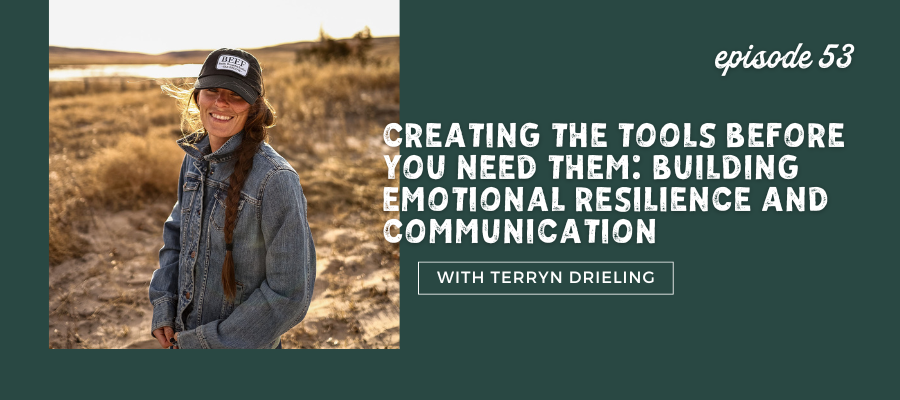
Listen to Creating the Tools Before You Need Them: Building Emotional Resilience and Communication on: Apple Podcasts | Spotify | your platform of choice
Today’s episode is inspired by a book that I recently finished reading, ‘The Principles of Training’ by Warwick Schiller. He has 12 different principles about training your horse, but they’re actually applicable across the board – just like good movement! The specific training we’re discussing today is what it looks like to create a tool before you need to use it.
In today’s episode, I talk about creating the tools before you need them and how to go about building emotional resilience and communication. Similar to horses, humans need to create tools that will lead to effective communication and emotional regulation. Essentially, we need to have these tools established BEFORE we use them.
Something I’m often asked about is how to navigate difficult conversations with older generations (especially when they don’t answer your questions or want to go there in the first place). Asking honest questions would be my top tip for improving communication, regardless of who you’re talking with! They give you an opportunity to build trust and connection, and it shows that you truly care about other people’s feelings.
If you can start asking honest questions when the stakes are ‘low,’ those around you will already be used to them, and they won’t be as taken aback by what you’re asking during those ‘higher stakes’ conversations.
Breathing is another powerful (but often overlooked) tool that can help us with emotional resilience and communication. Breathing sounds so simple because it IS! This is something we have complete control over, and there are a variety of techniques we can use to help us better regulate our nervous systems.
Some other favorite tools of mine are taking a deliberate ‘pause’ before responding during a ‘heated’ moment and grounding. We must give ourselves time to process our emotions before responding impulsively. Focusing on body awareness and taking in our physical surroundings can be super helpful, too.
Maybe you’re familiar with some (or all) of these tools and have been using them in your own life. And if you’re not..it’s never too late to start! When we create tools to help us with building emotional resilience and communication before we need them, we will be that much more grateful to have them when we do need them!
In this episode, Creating the Tools Before You Need Them: Building Emotional Resilience and Communication, I cover:
- The importance of asking honest questions + why we first need to do this when the stakes are ‘low’
- Why breathing is a powerful tool to help us regulate our nervous systems in stressful situations + simple techniques to try
- Taking a deliberate, intentional pause before responding in a high-stress, high-emotion situation
- How body awareness and grounding can help during tense and ‘heated’ moments
Resources & Links:
- The Principles of Training by Warwick Schiller [affiliate link]
- M Well the Podcast with Ashley Machado: Three Breathing Exercises to Help with Stress
- Join the waitlist for the Good Movement Collective
- Good Movement music by: Aaron Espe
- Podcast produced by: Jill Carr Podcasting
Some links referenced above are affiliate links, which means I may receive a small commission at no extra cost to you. Thank you for your support!
Connect with Terryn:
- Follow on Instagram @terryn.drieling
- Check out my website
- Send me an email at terryn@terryndrieling.com
Related Episodes:
- Episode 6: Rethinking Mental Health with Ashley Machado
More about the Good Movement Draws Good Movement podcast:
In stockmanship (the art and science of handling cattle in a safe, effective, low-stress manner), we have this phrase . . . good movement draws good movement.
It’s this thing that happens when we ask a small group of cattle, maybe a cow, or a pair to move out in a certain direction and their movement draws the whole herd into moving in the same direction.
Good movement happens when we approach the cattle with a positive attitude, read and really listen to what they’re telling us, and communicate accordingly.
We don’t approach the aware, flighty cattle the same as we do the tame, docile cattle. We adjust ourselves, our energy, and approach, and communicate with each differently.
These adjustments help us effectively draw good movement from each, which then draws good movement from the herd. But it starts with us.
The same is true for humans. Good movement starts with us.
Welcome to Good Movement Draws Good Movement, the podcast where farmers, ranchers, and rural folks can grow relationally through awareness, understanding, and effective communication.
Hey, it’s me – T. I’m your host, and I, along with my guests, will be covering topics related to drawing good movement – things like self and social awareness, brain science, positive psychology, extending grace, and so much more.
We’ll share tools that can help you understand why you are the way you are, why others are the way they are, and how you can use that to step out of self-told lies with grace and compassion to draw good movement in conversations, relationships, and life in rural America.
Tune in every Tuesday and make sure to hit subscribe so you never miss an episode! Let’s go draw good movement!
